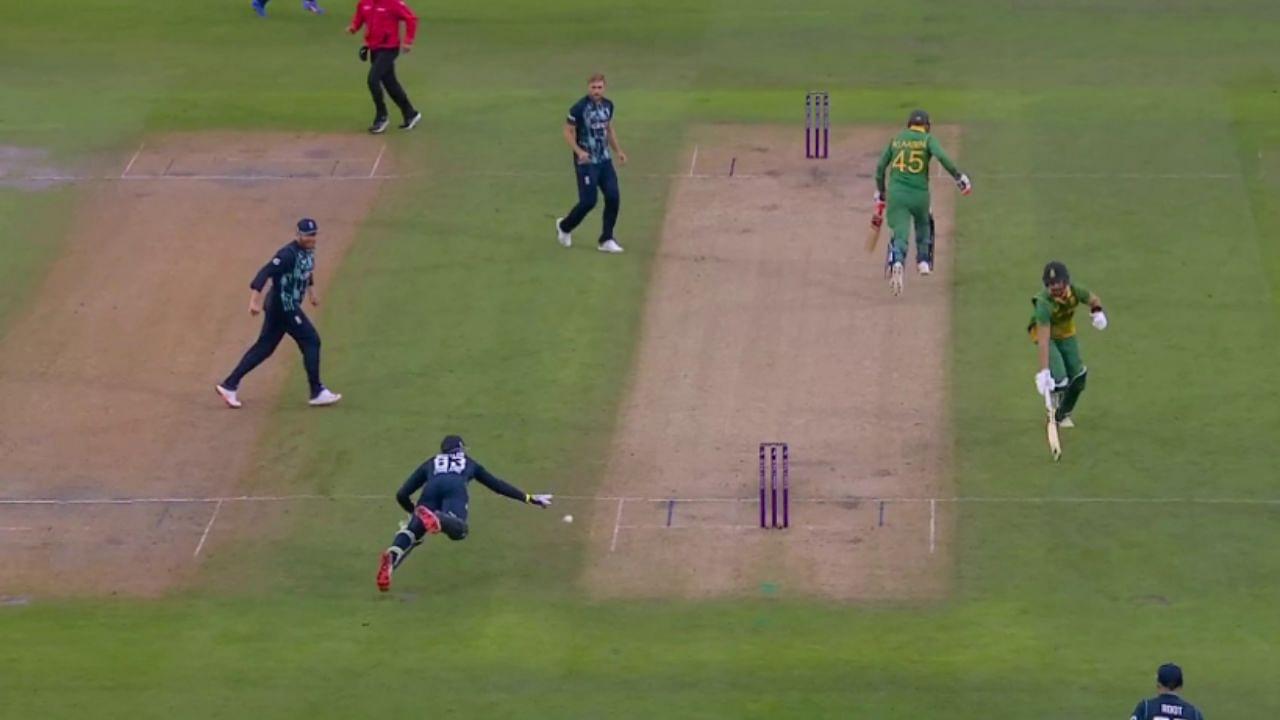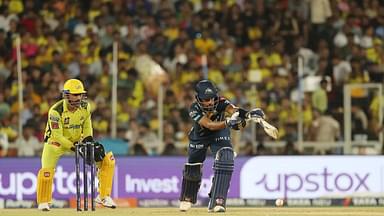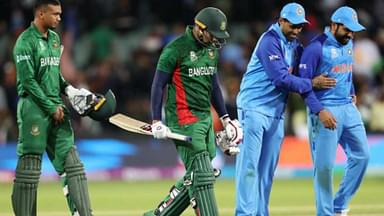Cricket DLS Calculator: The method is used to arrive at match results during One-Day international and T20 International matches.
Advertisement
During the ongoing second ODI of South Africa’s all-format tour of England at the Emirates Old Trafford in Manchester, a clinical bowling performance from England helped them defeat the Proteas by 118 runs, in a match that was reduced to 29 Overs-a-side due to heavy rain early on.
The DLS score kept cropping up on the giant screen after every couple of Overs, and since South Africa lost wickets in cluster early on, they were way behind the DLS target, and would have lost the match even if further play would not have been possible due to a thunderstorm or a heavy spell of rain.
On that note, let us look at what exactly the DLS method is, and why it is the generally accepted way or calculation for arriving at results in case the second innings of a match is interrupted by rain or any other unavoidable circumstance.
Cricket DLS Calculator
The DLS or Duckworth Lewis Stern method is a mathematical formula when applied to a particular scorecard at a particular time, provides the chasing team a target to aim at within a certain number of Overs, in order to win that particular match. It is generally accepted to be the most accurate method of setting a target score.
The method takes into consideration the two most most important aspects in the game – number of Overs and the number of wickets remaining. The target to be set, is arrived after proportional adjustment to the change in the combination of these two resources/aspects.
If a team, for example in an ODI match scored 200/3 in 40 Overs, after which the match got reduced to 20 Overs for the opposition due to rain, simply adjusting the opposition target in proportion to the loss in Overs would be unfair, as the team batting first had approached the innings like a 50-Over match, and were looking to score big in the final ten Overs with the luxury of wickets in hand.
Thus the chasing team would be handed a more than proportional target to achieve in 20 Overs in this case.
A hat-trick of World Cup wins for Australia!#OnThisDay in 2007, Ricky Ponting’s side beat Sri Lanka in the CWC final by 53 runs on DLS method. This was Australia’s third straight CWC title and fourth overall 🙌
Player of the Match Adam Gilchrist smashed a 🔥 104-ball 149. pic.twitter.com/n6K6ABtQCm
— ICC (@ICC) April 28, 2020
Par score and Target score
Target score, as in the above case, is the revised target handed to the chasing team after a rain delay in the match which has resulted in the loss of Overs.
Par target refers to the one which the chasing team is supposed to keep achieving after the end of each over. A wicket at any point in the chase increases the par target. The target is one fixed number, while the par score changes according to the number of wickets lost.
If a team is above the par target during a point in the chase, and no further play is possible from that point in the game, the chasing team is declared the match winner, and vice-versa.



